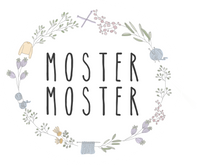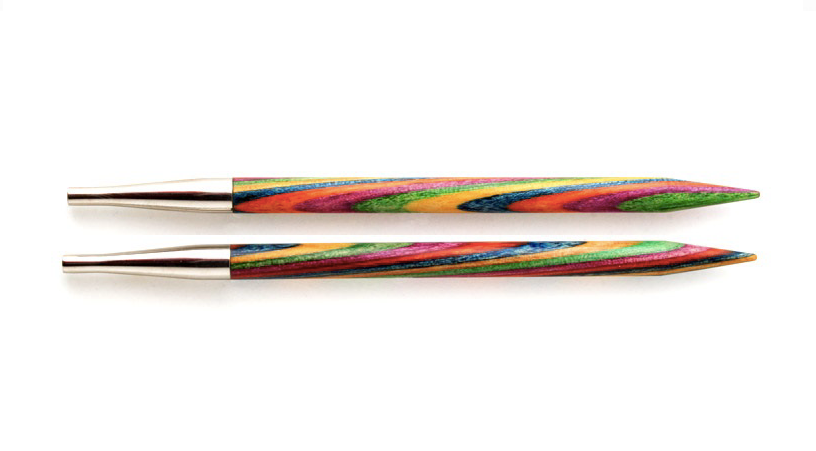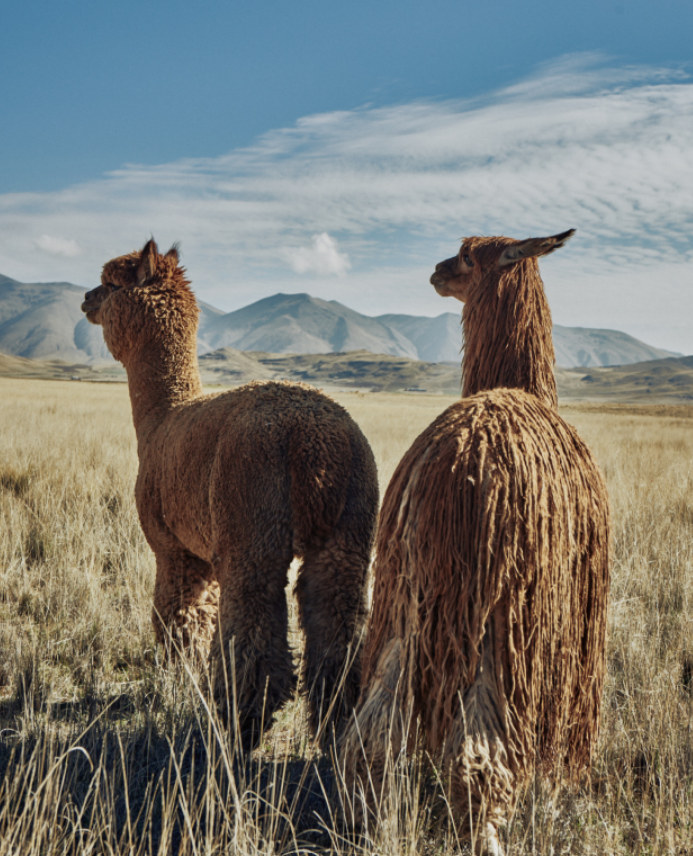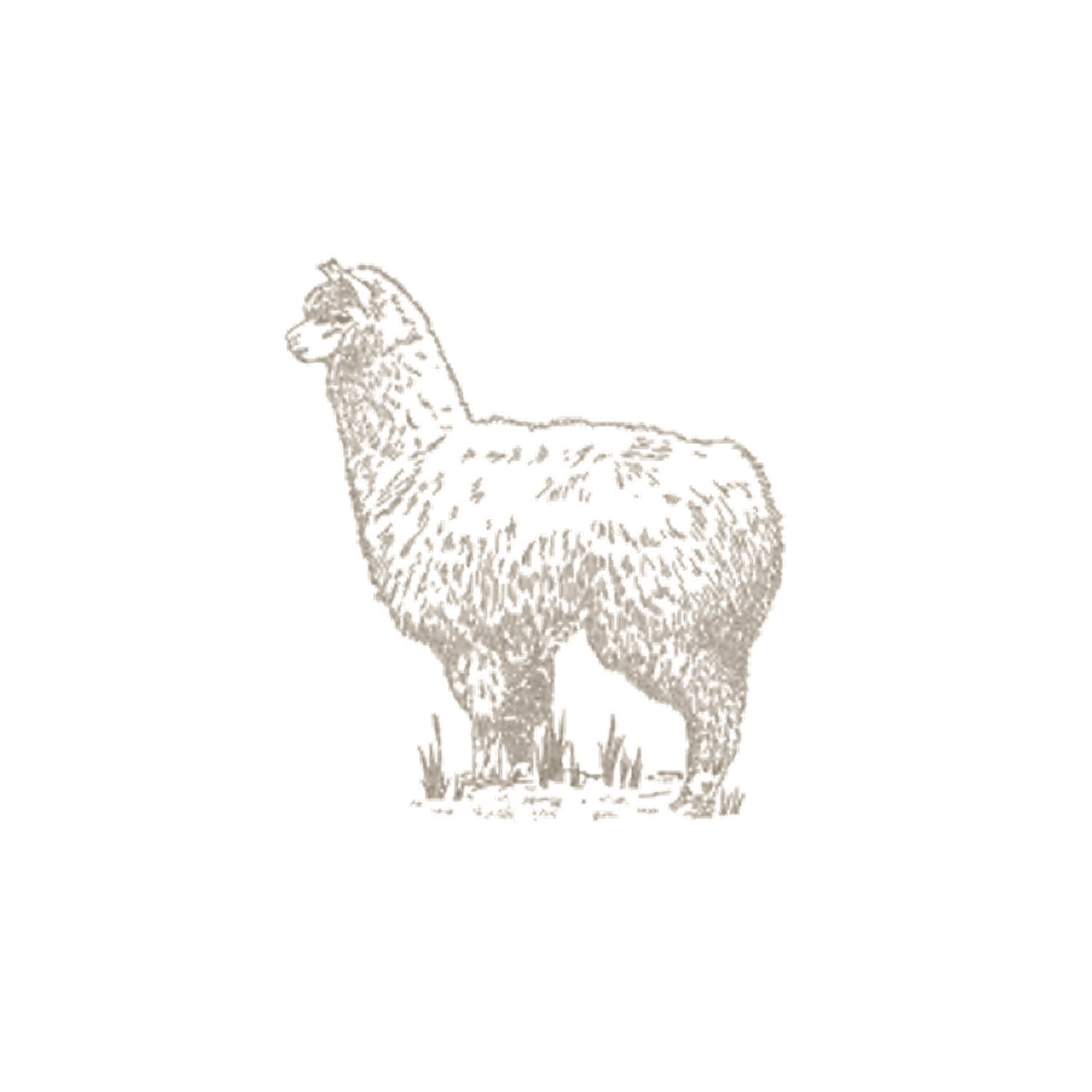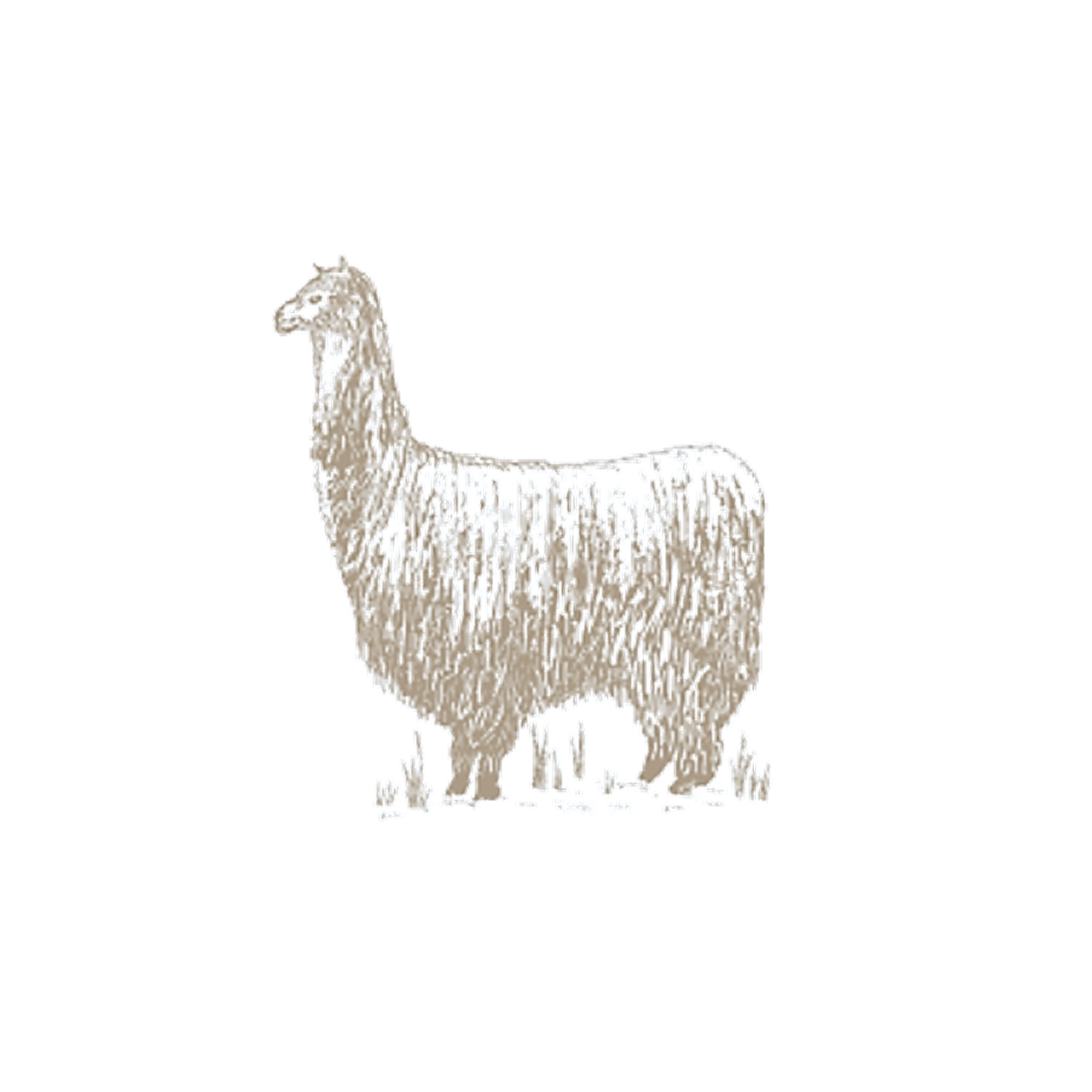Den peruvianske sierra
I den Peruvianske bjærgkæde, over 4000 meter over havoverfladen, findes de imponerende landskaber, der danner rammer for vores alpakkaers farme. Her har tusindvis af landlige familier drevet alpakkaflokke i generationer gennem flere tusinde år.
Ved at købe vores garn er du med til at styrke programmer, der forbedrer dyrenes genetik, for at de kan producere finere fibre og derved øge indkomsten hos alpakkafarmere og deres familier. Du støtter også den tekniske oplæring af hyrder og humanitær assistance på områder såsom bolig, uddannelse og tøj.
På vegne af de Peruvianske alpakkafarmere takker vi dig på forhånd for at hjælpe os med at preservere dette vidunderlige dyr og for at medvirke til forbedret avl, for at forbedre indkomsten for tusindevis af familier, og hjælpe dem til at hæve deres levestandard.
